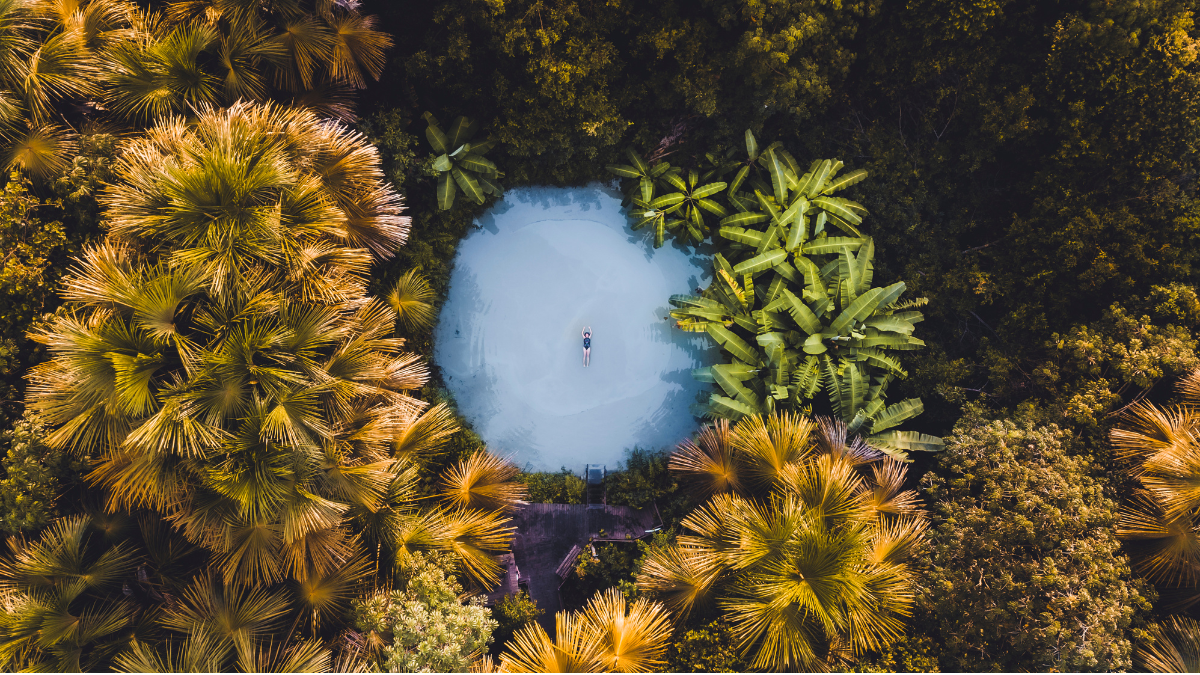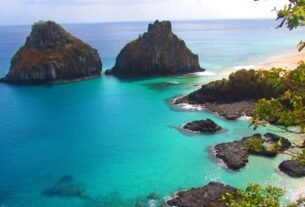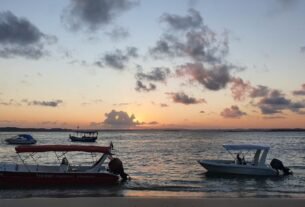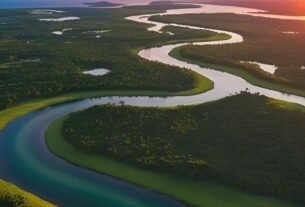Introduction
Have you ever wondered what makes a planned city stand out in a country known for its vibrant culture and natural wonders? Palmas, the youngest capital in Brazil, offers a fresh perspective with its modern design and untapped charm.
This unique city, crafted with intention, features a layout that prioritizes both functionality and aesthetics, showcasing wide boulevards lined with lush greenery that invite exploration. The thoughtful urban planning not only enhances the living experience for its residents but also creates an inviting atmosphere for visitors, making it a remarkable destination in a nation rich with history and diversity.
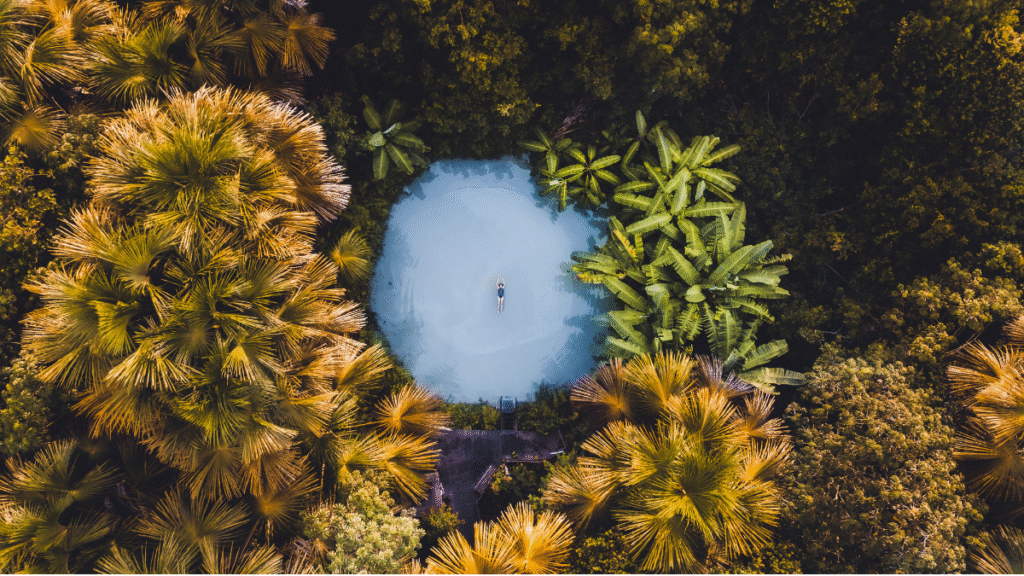
Founded in 1990, this city serves as the economic heart of Tocantins state. Its wide avenues and green spaces mirror the visionary layout of Brasília, blending urban convenience with nature in a way that is both functional and aesthetically pleasing.
The careful design promotes not only mobility but also community interaction, making it a vibrant hub for both residents and visitors. Surrounded by majestic mountains and the winding Tocantins River, it serves as a gateway to adventure, offering numerous outdoor activities such as hiking, fishing, and eco-tourism that attract nature enthusiasts from all over.
Nicknamed the “Ecological Capital,” Palmas strikes a balance between progress and sustainability, striving to preserve its natural beauty while accommodating growth and development. Landmarks like the Fernando Henrique Cardoso Bridge, which elegantly spans the river, showcase its architectural innovation and development. Whether you seek history, cultural experiences, or outdoor thrills, this region promises surprises that cater to a wide range of interests, making it a unique destination in Brazil.
Key Takeaways
- Palmas is Brazil’s newest capital, established in 1990.
- It’s a planned city with spacious design and eco-friendly spaces.
- The Tocantins River and mountains frame its scenic landscape.
- Major infrastructure includes hydroelectric plants and modern bridges.
- Ideal for travelers who love nature and urban exploration.
1. Palmas: A City Born from Vision and Nature
What happens when visionary urban planning meets untouched natural beauty? This capital, established in 1989, answers that question with its bold design and ecological harmony.
The city was carefully designed to serve not only as a political hub but also to exemplify modern urban living. Created under Brazil’s 1988 constitution, it replaced Miracema as the administrative center of the state of Tocantins.
This strategic move aimed to promote development in the central region of Brazil, drawing attention to areas that had long been underinvested in and underserved in terms of infrastructure.
History: Purpose-Built for Progress
Unlike older cities, this metropolis was meticulously planned to boost development in Brazil’s interior. Its grid-like streets and green corridors preserve native trees, blending urban growth with environmental care.
This innovative approach not only fosters a sense of community but also ensures sustainability for future generations. Nearby archaeological sites reveal pre-colonial indigenous cultures, adding layers to its modern history.
These sites serve as a reminder of the rich cultural tapestry that existed long before the city’s establishment, showcasing artifacts and structures that highlight the ingenuity of the indigenous peoples who once thrived in this region.
Geography: Cerrado’s Wild Heart
The cerrado biome dominates the region, a vast savanna characterized by nutrient-poor soils and dramatic wet and dry seasons. This unique ecosystem is characterized by its diverse flora and fauna, including numerous endemic species that have adapted to the challenging conditions.
Annual rainfall reaches 1,300mm, nurturing waterfalls like those in Taquaruçu, which serve as vital water sources for both wildlife and human activities. Average temperatures hover at 27°C (81°F), making shade-covered boulevards a welcome respite from the heat, especially during the dry season when the sun can be particularly intense.
The cerrado’s seasonal changes also play a crucial role in its ecological dynamics, influencing the life cycles of many species that inhabit this biome.
The Tocantins River: Power and Play
Flowing through the area, the Tocantins River fuels hydroelectric plants while offering leisure opportunities for both locals and tourists alike. This vital waterway not only provides renewable energy but also serves as a key recreational resource.
Post-dam construction created Praia Graciosa’s sandy beaches, transforming the river into a vibrant hub for relaxation and fun. The 8km Fernando Henrique Cardoso Bridge connects the city to the BR-153 highway, ensuring easy access to adventures, making it convenient for visitors to explore the natural beauty and recreational activities that the region has to offer.
- Dual role: Hydroelectric energy production and jet-skiing hotspots that attract thrill-seekers from all over.
- Urban planning: Thoughtful urban development includes green belts that buffer the river’s edge, enhancing the natural landscape and providing habitats for local wildlife.
- Wildlife: Spot giant otters and rare birds along the banks, as the river supports a diverse ecosystem that thrives in this unique environment.
2. Unmissable Attractions in Palmas
Ready to explore a destination that blends city life with wild landscapes? This young capital delivers both, from lively riverfronts to secluded waterfalls. Here’s where to start your adventure.
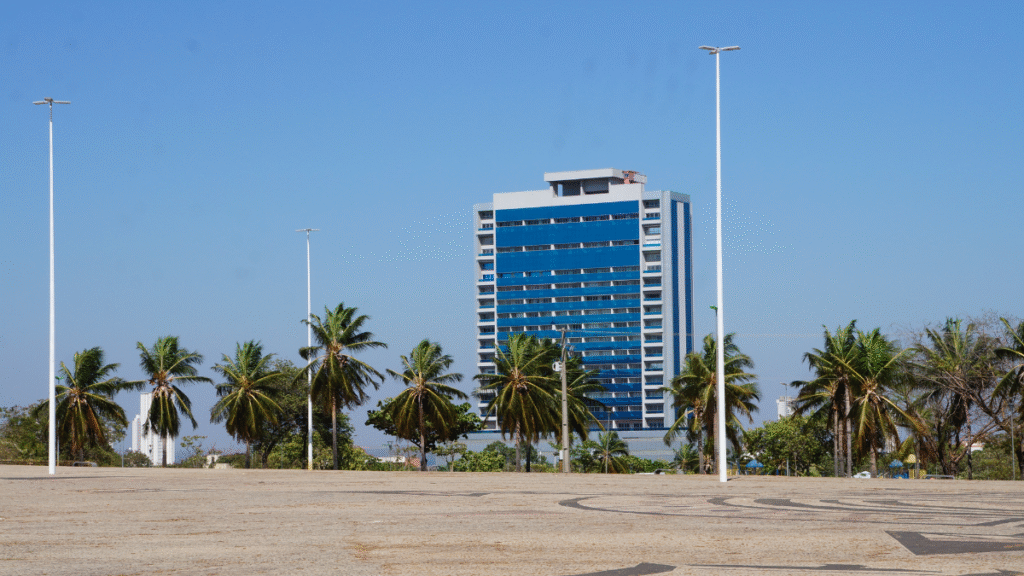
Praia Graciosa: Sun, Sand, and Party Boats
Artificial yet unforgettable, Praia Graciosa’s sandy beaches buzz with energy, drawing both locals and tourists alike. Rent a jet ski for an adrenaline rush or join a lively birthday boat party, floating bars and infectious music transform the Tocantins River into a vibrant playground for all ages.
The atmosphere is electric, with laughter and excitement filling the air. As the sun begins to set, the view of the Fernando Henrique Bridge becomes breathtakingly beautiful, casting a golden hue over the water and creating a perfect backdrop for memorable photos.
Taquaruçu’s Hidden Waterfalls
A scenic 45-minute drive takes you to Taquaruçu, a cooler retreat that boasts over 20 stunning cascades, each with its own unique charm. Cachoeira da Roncadeira is the crown jewel, captivating visitors with its majestic 50-meter drop.
Adventurous souls can rappel down its rocky face or take a refreshing dip in the crystal-clear emerald pools below. The surrounding lush vegetation adds to the allure, making it a perfect spot for nature lovers. *Insider tip*: Arrive early to avoid crowds and enjoy the serene beauty of the waterfalls before the day gets too hot.
Jalapão State Park: Dunes and Hot Springs
Six hours east lies Jalapão, a surreal region characterized by its golden dunes and pristine crystal springs that create an otherworldly landscape. Here, you can float effortlessly in the buoyant waters of Fervedouro, a natural spring that feels like a warm embrace, or embark on a hike up Duna do Pôr do Sol to witness the sunset painting the sky in vibrant colors.
This park is a paradise for outdoor enthusiasts and photographers alike. Tour operator Cerrado Dourado ensures seamless access to these wonders, offering guided tours that enhance your experience and provide insights into the region’s unique geology and ecology.
- Praia Graciosa: Nightlife meets riverfront relaxation.
- Taquaruçu: Adventure and crisp mountain air.
- Jalapão: Otherworldly landscapes worth the travel.
Palmas Airport connects you to these gems, making it the home base for explorers. Whether chasing waterfalls or dancing on boats, this corner of Brazil promises memories you won’t find elsewhere.
3. Culture, Cuisine, and Crafts
Step into a world where flavors, traditions, and artistry blend seamlessly. This region’s vibrant culture shines through its food, crafts, and warm community spirit. From sizzling BBQs to handwoven treasures, every detail tells a story that connects the past with the present, revealing the heart and soul of the local people.
The aromas of traditional dishes waft through the air, inviting you to partake in a culinary journey that reflects the region’s rich history and diverse influences.
Churrasco and Paçoca: A Meat Lover’s Paradise
Open-air spots like Churrascaria O Casarão serve up smoky food perfection that is a feast for the senses. Skewers of juicy cuts rotate over flames, their tantalizing scents mingling with the sound of sizzling meat, paired with crispy cassava fries that add a delightful crunch.
Try paçoca, a savory mix of dried beef, cassava flour, and onions, for a true local bite that embodies the essence of traditional cooking. Each dish is carefully crafted, showcasing the culinary heritage that has been passed down through generations.
Sweet endings include brigadeiro, chocolate truffles rolled in sprinkles that melt in your mouth. Families gather here for weekend feasts, sharing laughter under twinkling lights, creating memories that last a lifetime. It’s more than a meal, it’s a celebration of togetherness, where stories are exchanged, and bonds are strengthened over shared plates. The joy of dining in this region transcends mere sustenance; it’s an experience that nurtures the spirit.
Capim Dourado: Artisanal Golden Grass Treasures
UNESCO-protected golden grass transforms into stunning jewelry and home decor that reflects the artistry and creativity of local artisans.
These skilled craftspeople weave delicate strands into sun-catching baskets and wall hangings, each piece telling a unique story of inspiration and craftsmanship. Weekly markets showcase these pieces, bustling with energy and vibrant colors, each reflecting generations of skill and dedication.
The grass only grows in this region, making each item unique and imbued with a sense of place. Buying directly from makers supports local people and preserves their heritage, ensuring that traditional techniques are passed on to future generations.
It’s craftsmanship you can take home, a tangible connection to the culture and community that created it, reminding you of the beauty and artistry that flourishes in this remarkable corner of Brazil.
Festivals and Small-Town Warmth
In 2015, the World Indigenous Games highlighted the area’s rich roots. Streets are filled with music, dance, and colorful attire. Even daily life here moves at a leisurely pace, and shops close for a two-hour midday siesta, making it perfect for family time.
Portuguese, Indigenous, and Afro-Brazilian influences combine to create a vibrant culture. Whether at a festival or chatting with vendors, you’ll feel the welcoming spirit. Discover Brazil’s diverse cultural landscape.
| Experience | Highlights | Best For |
|---|---|---|
| Churrasco Dining | All-you-can-eat meats, live grilling | Foodies, groups |
| Capim Dourado Market | Handmade jewelry, eco-friendly decor | Shoppers, art lovers |
| Local Festivals | Music, dance, cultural displays | Families, photographers |
4. Practical Tips for Your Palmas Adventure
Before you pack your bags, check these essential tips for a smooth journey. Whether you’re chasing waterfalls or exploring urban gems, the right information ensures a stress-free experience.
Make sure to familiarize yourself with local customs, as understanding the culture can greatly enhance your visit. For instance, greeting locals with a friendly “Olá” and a smile can open doors to authentic interactions.
Additionally, it’s wise to stay informed about the weather conditions and local events, as they can impact your travel plans. Remember to keep a close eye on your belongings, especially in crowded areas, to ensure your safety while enjoying the vibrant atmosphere.
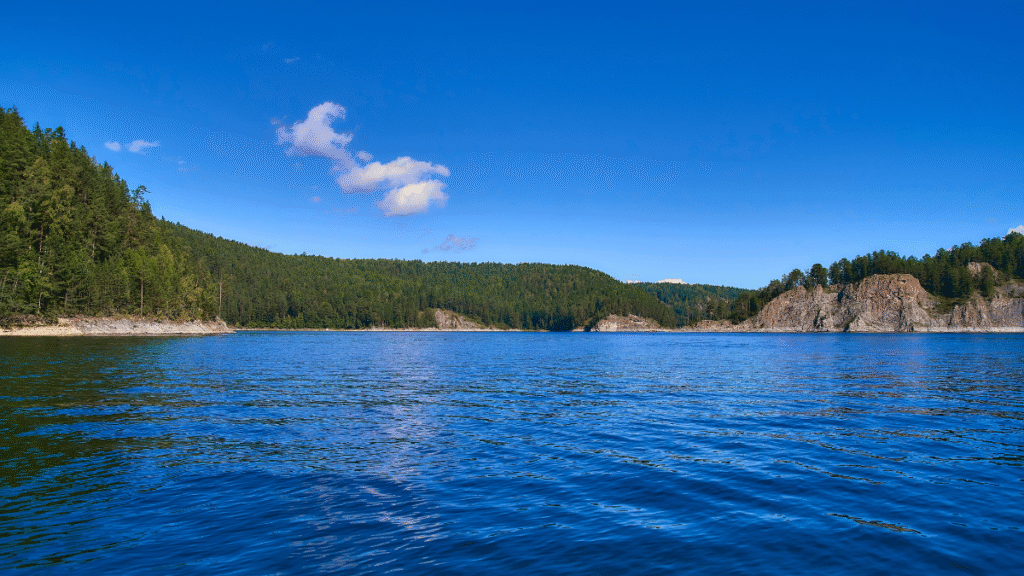
Best Time to Visit: Avoiding the Heat
The dry season (May–September) brings scorching temperatures of 35 °C or higher, while the rains cool things down to 26°C. For milder weather, consider visiting from April to June, when temperatures are more bearable and humidity is lower. During this period, you’ll find that crowds thin out significantly, allowing for a more intimate experience with nature.
The lush waterfalls are particularly stunning during this time, making it an ideal season for hiking and photography. Consider visiting in late April or early June for the best balance of pleasant weather and fewer tourists.
*Insider tip*: Mornings are ideal for outdoor activities, as the temperatures are cooler and the sun is less intense. Take advantage of this time to explore the local parks or go for a swim in the natural pools. Afternoons invite siestas or shaded cafes, where you can relax with a refreshing drink while escaping the heat. If you’re looking for a unique experience, consider joining a guided tour that operates in the early morning, allowing you to enjoy the beauty of Palmas before the day gets too hot.
Getting Around: Buses, Bridges, and Airports
Palmas Airport, situated just 30 kilometers from downtown, connects to major cities such as Brasília and São Paulo, making it a convenient entry point for travelers. Ride-shares like 99Taxi simplify access to various attractions within the city.
Additionally, local buses operate regularly, providing a cost-effective way to navigate the area. The TO-050 highway buses run frequently to Taquaruçu, a popular destination known for its stunning natural scenery and outdoor activities. For those looking to venture further, consider renting a car for greater flexibility in exploring the surrounding regions.
For international travelers, the Brazil Airpass offers discounted domestic flights, providing a great way to save money while exploring various parts of the country. Be sure to book early via the airline’s website, as these deals can fill up quickly, especially during peak travel seasons. Additionally, familiarize yourself with local transportation apps that can help you navigate the city more efficiently, ensuring you make the most of your time in Palmas.
Where to Stay: From Beachfront Resorts to Eco-Lodges
Choose La Palma Princess for sunset views over Praia Graciosa, where the horizon lights up with breathtaking colors as the sun dips below the water. This luxurious resort not only offers stunning vistas but also features a variety of amenities, including a private beach for relaxation and a poolside bar that serves refreshing cocktails.
Prefer nature? Pousada Encanto do Jalapão seamlessly blends comfort with sustainability, offering eco-friendly accommodations that allow you to immerse yourself in the lush surroundings while enjoying modern conveniences.
| Accommodation | Highlights | Best For |
|---|---|---|
| La Palma Princess | Private beach, poolside bar, spa services | Luxury seekers |
| Pousada Encanto | Solar-powered, jungle tours, organic meals | Eco-tourists |
“Capim Dourado Shopping Area is a must for authentic golden grass crafts—arrive before noon for the best picks, as the most skilled artisans often sell out quickly. This vibrant market showcases a variety of handcrafted items, making it the perfect place to find unique souvenirs while supporting local artists.”
- Emergency contacts: Tourism office (+55 63 3218-6288), which can assist with any inquiries during your stay.
- Local content: Follow @VisitTocantins for real-time updates on events and attractions to enhance your travel experience.
- Plan ahead: Some attractions require permits, so it’s wise to check the official website in advance to ensure you have all necessary documentation for a smooth visit. This will help you avoid any last-minute surprises and allow you to fully enjoy the beauty of the region.
Conclusion: Why Palmas Should Be Your Next Escape
Looking for a destination that combines urban innovation with untouched nature? This capital in Tocantins state delivers both, wide boulevards meet golden dunes and waterfalls. Unlike pricier hotspots, it offers affordability without sacrificing adventure.
Support local people by buying capim dourado crafts, a UNESCO-protected art form. Check the official tourism website for festival dates to time your visit perfectly.
Pack light, learn some basic Portuguese phrases, and immerse yourself in this scenic area. From the planned city to Jalapão’s wilds, it’s a slice of Brazil that few travelers explore, but all should. Learn more about Manaus.
FAQ
When was Palmas founded?
The city was established in 1990 as the planned capital of Tocantins, making it one of Brazil’s youngest state capitals.
What makes the geography unique?
Located in the Cerrado biome, it features vast plateaus, waterfalls, and the Tocantins River, offering a diverse landscape.
Is Praia Graciosa a natural beach?
No, it’s a man-made lakeside beach along the Tocantins River, famous for its vibrant atmosphere and water sports.
How far is Jalapão State Park from the city?
The park lies roughly 250 km east, a 4–5 hour drive, and is known for its golden dunes, hot springs, and rugged trails.
What local dish should I try?
Don’t miss churrasco (Brazilian barbecue) and pão de queijo, a savory, cheese-filled delicacy.
What’s the best time to visit?
May to September offers milder temperatures, while October to April brings intense heat and occasional rains.
How do I reach Palmas?
Fly into Palmas Airport (PMW) or take intercity buses. The city is well-connected by highways, such as BR-153.
Are there eco-friendly lodging options?
Yes! Taquaruçu district features charming eco-lodges near waterfalls, blending comfort with nature.

